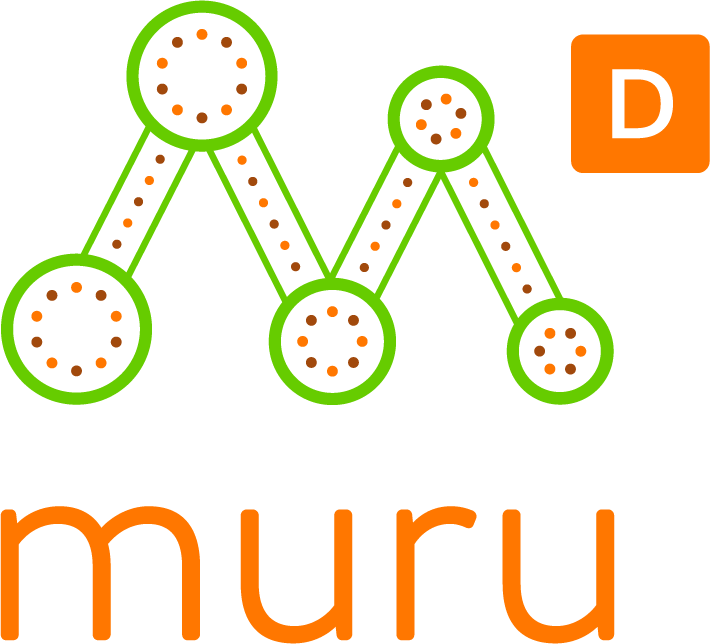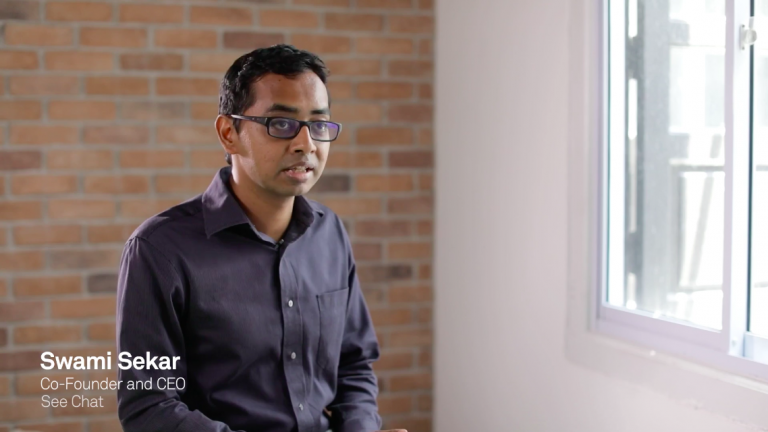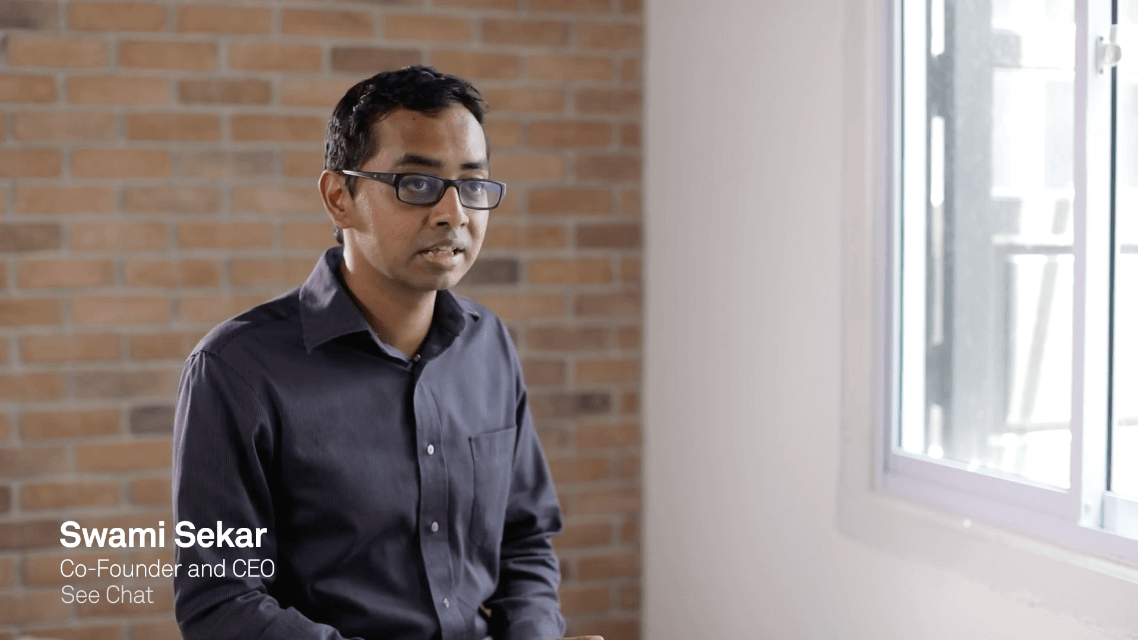How AI and voice technology are redefining SME-customer interactions
The booming Asia startup ecosystem has presented a lot of opportunities for technology startups in the region. With its startup accelerator muru-D in Singapore and venture capital arm, Telstra Ventures, Telstra has been fuelling this ecosystem and supporting companies as they establish themselves and expand their reach. In the second of a five-part series, hear from See Chat on how Telstra is helping it win the game.
Small and medium enterprises (SMEs) mean a lot to governments and policy makers, as well as infrastructure providers and multinational corporations (MNCs). Across nations, SMEs make up more than 30 percent (sometimes up to 60 percent) of the GDP, employ half to two-thirds of the population, and represent about 90 percent of all businesses. These numbers are staggering!
When you think of SMEs, what is the first thing that comes to mind? My team and I conducted a quick census and got some interesting answers – mom-and-pop shops, local cafés, hairstylists, neighbourhood grocery stores, plumbers, etc…
For most parts in our everyday lives, we rely on SMEs for goods and services.
There is, however, a disconnect.
Despite consumers’ willingness to engage through digital channels and devices, our research revealed that cost-consciousness, lack of technological know-how and high employee attrition is making it hard for SMEs to facilitate effective customer interaction and capture business leads.
I am passionate about helping businesses adopt technology that connects them with customers who want their daily needs addressed as soon as possible.
In 2015, I founded See Chat to transform this vision into a reality.
We have built a conversational communication and commerce platform that uses AI to connect SMEs with everyday consumers. This includes a customisable digital portal from which a listed SME can handle all forms of chat. The business can then interact in real-time through automated response and calendaring, as well as voice-assistant interaction and conversational search engine optimisation (SEO).
This makes it easy for businesses to say hello to consumers wherever they come from! Imagine if all your customer queries from directories, search engines, your website and social media pages or voice assistants could be captured on a single platform, with AI responding on your behalf. By 2020, 30 percent of all searches for products and services is expected to happen via voice assistants – this capability is becoming increasingly crucial.
I also strongly believe in knowing that you’re building the right ‘it’, before building ‘it’ right. For this reason, we joined muru-D Singapore.
The muru-D team was a crucial sounding board when we were thinking about our go-to-market strategy, pricing and product-market fit. We also got strong support from Telstra’s Chief Technology Office, which supported our research and development around AI-bots and machine learning modules.
I’m proud to share that See Chat’s solutions have received market validation. With two major enterprise customers – directory provider services – on board, we are connecting 900,000 SMEs with consumers across Asia and the Middle East. We are also expanding to support hotel and retail chains. Today, we power one of the first Smart Hotels in Singapore, enabling seamless in-app communication between hotel guests and staff.
The ‘digital divide’ refers to the gap between those who have access to technology and those who don’t. Globally, there are more than 100 million SMEs that have yet to go digital. They are currently missing out on a US$36 billion consumer engagement and sales opportunity.
See Chat aims to be the digital ‘voice’ for SMEs in the present and future. We are bridging the digital divide, to create value in economies and convenience for people at large.
by Swami Sekar
CEO and Co-founder – See Chat
See Chat is an alumnus from muru-D’s second cohort in Singapore. The program, currently in its third cohort, is supporting 11 Singapore-based startups.



